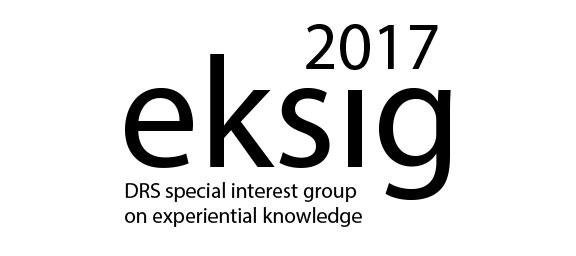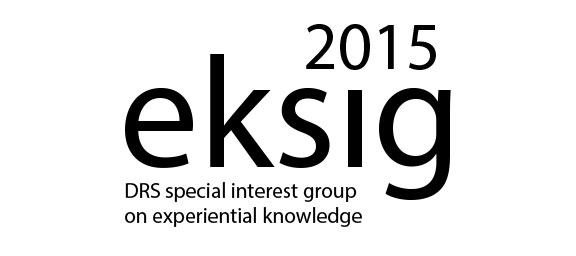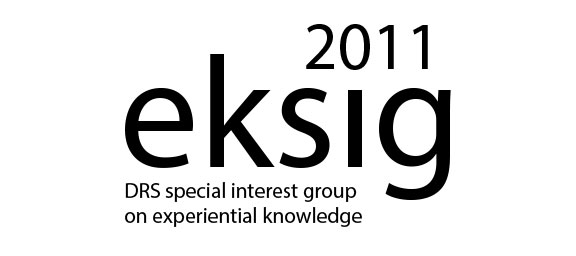EKSIG 2017 Alive . Active . Adaptive - experiential knowledge in designing with emerging materials
International Conference of the DRS Special Interest Group on Experiential Knowledge at Delft University of Technology, 2017
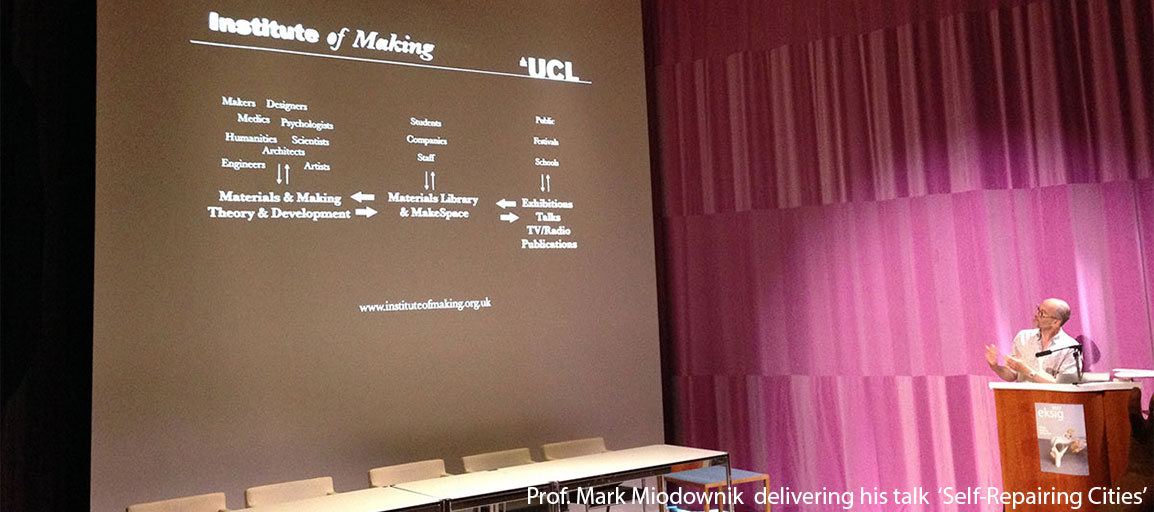
Date: Monday and Tuesday, 19–20 June 2017
Venue: Delft University of Technology, The Netherlands
EKSIG 2017 focuses on the experiential knowledge of designing with emerging materials that are alive, active and adaptive, whether by means of biological or computational processes or an integration of the two.
- Mark Miodownik, Institute of Making, UK
- Maurizio Montalti, Officina Corpuscoli, The Netherlands
- Anna Vallgårda, IT University of Copenhagen, Denmark
‘Material’ has been a central point of research and practice agendas for decades in design. In the field of art, Focillon (1934) and Dewey (1980) emphasized the unique role of ‘material engagement’ in one’s process of thinking and reflecting. Material engagement in craft is a means to logically think, learn and understand through sensing and immediate experience of materials (Ingold, 2013; Nimkulrat, 2012; Adamson, 2007). Through such practical inquiries one can understand the relationship between material, process and form (Niedderer, 2012).
In HCI, tinkering is an important part of interaction design processes concerned with crafting interactive artifacts that blend physical and digital materials (Zimmerman et al., 2007; Löwgren & Stolterman, 2004; Buxton, 2007; Holmquist, 2012; Sundström et al., 2010). Tinkering with materials is a way of bringing material considerations early into the design process (Giaccardi & Candy, 2009). It also has motivated designers to seek an expanded vocabulary to speak of the ways in which digital and physical materials come into relation (Wiberg, 2013), describe computational properties (Vallgårda & Sokoler, 2010), and eliciting unique expressions through digital materials (Bergström et al. , 2011; Isbister & Höök 2007; Löwgren, 2006; Tsaknaki et al., 2014).
When it comes to product design, many designers in the history of design have explored and engaged the diverse texture and finishing possibilities of materials, alongside phenomenological considerations on the merits of using particular materials for particular products (Manzini, 1986; Ashby and Johnson, 2002; Karana et al., 2014). Today we still see such an approach in some pioneer product design work: see for example the works of Tokujin Yoshioka (paper, glass), Piet Hein Eek (scrap wood), Paulo Ulian (marble), and Alberto Meda (carbon-fibre composites).
Over the last decade, we observe an ever-increasing interest in creating and designing with new materials (Karana et al., 2016; Rognoli et al., 2015; Wilkes et al., 2015). Suzanne Lee uses microbial cellulose composed of millions of tiny bacteria to produce clothing in her bathtub; Carol Colette, in ‘This is Alive’ (2013), emphasizes that “A quiet revolution is happening”, and invites us to imagine a world in which plants grow product, and bacteria is genetically reprogrammed. Maurizio Montalti, in the “The Future of Plastics” exhibition (2014), shares his vision about future mycelium-based plastic materials. Anna Vallgårda (2009)introduces the notion of ‘computational composites’, a new design space in which conventional materials (like wood) become more expressive and adaptable through computation. Without a doubt, the emergence of such new materials and approaches offers opportunity for achieving new material experiences. But as materials acquire new agency and interactional possibilities (whether algorithmic, biological or chemical), how do we design with such alive, active and adaptive materials? How do we mobilize the inherent properties of these materials in eliciting unique material experiences and ways of doing? And as materials acquire connectivity (whether digital or organic) and thus fluctuate within more fluid situations of use and needs, how do we understand the movements, temporalities and relationships of a material in relation to other materials?
This calls for different skill sets, different way of understanding and mobilizing materials in design. It also requires proper forecasting, envisioning, as well as new ways of resourcefully addressing variety and ongoing change through new forms of openness in the materiality and functionality of designs. In EKSIG 2017 Alive. Active. Adaptive Conference, we are interested in the experiential knowledge of designing with emerging materials that are alive, active, and adaptive. It is an interdisciplinary conference that encompasses how such materials are understood, designed and how they act as a medium in the creation of unique material experiences (Karana et al., 2015; Giaccardi and Karana, 2015).
Conference Organizers
Elvin Karana, Delft University of Technology, The Netherlands
Elisa Giaccardi, Delft University of Technology, The Netherlands
Nithikul Nimkulrat, Estonian Academy of Arts, Estonia
Kristina Niedderer, University of Wolverhampton, UK
Program Committee
Elvin Karana, Delft University of Technology, The Netherlands
Elisa Giaccardi, Delft University of Technology, The Netherlands
Pictorials Chair
Serena Camere, Delft University of Technology, The Netherlands
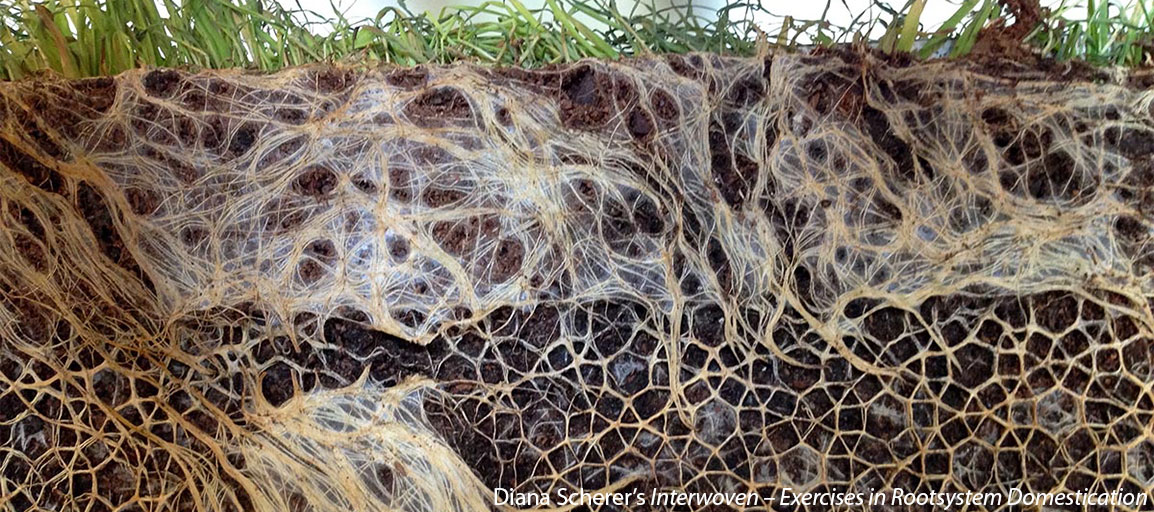
 References
References- Adamson, G. (2007). Thinking through craft. Oxford, UK: Berg.
- Ashby, M., & Johnson, K. (2002). Materials and Design. The Art and Science of Material Selection in Product Design. Oxford, UK: Butterworth-Heinemann.
- Bergström, J. et al. 2011. Becoming materials: material forms and forms of practice. Digital Creativity, 21(3), 155–172.
- Buxton, B. (2007). Sketching User Experiences: Getting the Design Right and the Right Design. San Francisco, CA: Morgan Kaufmann.
- Dewey, J. (1980). Arts as Experience. New York, NY: Perige Books.
- Focillon, H. (1942). The Life of Forms in Art (C. Beecher Hogan and G. Kubler, Trans.). New Haven: Yale University Press.
- Giaccardi, E., & Candy, L. (2009). Creativity and Cognition 2007: Materialities of Creativity. Leonardo, 42(3), 194–196.
- Giaccardi, E., & Karana, E. (2015, April). Foundations of materials experience: An approach for HCI. In Proceedings of the 33rd Annual ACM Conference on Human Factors in Computing Systems (pp. 2447–2456). ACM.
- Holmquist, L. E. (2012). Grounded Innovation: Strategies for Creating Digital Products. San Francisco, CA: Morgan Kaufman.
- Ingold, T. (2013). Making. London, UK: Routledge.
- Isbister, K., & Höök, K. (2007, April). Supple interfaces: designing and evaluating for richer human connections and experiences. In CHI'07 extended abstracts on Human factors in computing systems (pp. 2853-2856). ACM.
- Karana, E., Pedgley, O., & Rognoli, V. (2014). Materials Experience: Fundamentals of Materials and Design. Oxford, UK: Butterworth-Heinemann.
- Karana E., Barati, B., Rognoli V., Zeeuw Van Der Laan, A., (2015). Material Driven Design (MDD): A Method to Design For Material Experiences. International Journal of Design, 9(2), 35-54.
- Karana, E., Pedgley, O., Rognoli, V., & Korsunsky, A. (2016). Emerging material experiences. Materials & Design, 90, 1248–1250.
- Löwgren, J., & Stolterman, E. (2004). Thoughtful interaction design: A design perspective on information technology. Cambridge, MA: MIT Press.
- Manzini, E. (1986). The Material of Invention. Milan: Arcadia Edizioni.
- Niedderer, K. (2012). Exploring Elastic Movement as a Medium for Complex Emotional Expression in Silver Design. International Journal of Design, 6(3), 57–69.
- Nimkulrat, N. (2012). Hands-on intellect: integrating craft practice into design research. International Journal of Design, 6(3), 1–14.
- Sundström, P., Taylor, A., Grufberg, K., Wirström, N., Solsona Belenguer, J., & Lundén, M. (2011, May). Inspirational bits: towards a shared understanding of the digital material. In Proceedings of the SIGCHI Conference on Human Factors in Computing Systems (pp. 1561–1570). ACM.
- Tsaknaki, V., Fernaeus, Y., & Schaub, M. (2014, June). Leather as a material for crafting interactive and physical artifacts. In Proceedings of the 2014 conference on Designing interactive systems (pp. 5–14). ACM.
- Vallgårda, A., (2009). Computational Composites: Understanding the Materiality of Computational Technology. Unpublished PhD Dissertation, The IT University of Copenhagen, Denmark.
- Vallgårda, A., & Sokoler, T. (2010). A material strategy: Exploring the material properties of computers. International Journal of Design, 4(3), 1-14.
- Wiberg, M., Ishii, H., Dourish, P., Vallgårda, A., Kerridge, T., Sundström, P., ... & Rolston, M. (2013). Materiality matters—experience materials. interactions, 20(2), 54–57.
- Wilkes, S., Wongsriruksa, S., Howes, P., Gamester, R., Witchel, H., Conreen, M., Laughlin, Z. & Miodownik, M. (2016). Design tools for interdisciplinary translation of material experiences. Materials & Design, 90, 1228–1237.
- Zimmerman, J., Forlizzi, J., & Evenson, S. (2007, April). Research through design as a method for interaction design research in HCI. In Proceedings of the SIGCHI conference on Human factors in computing systems (pp. 493–502). ACM.
